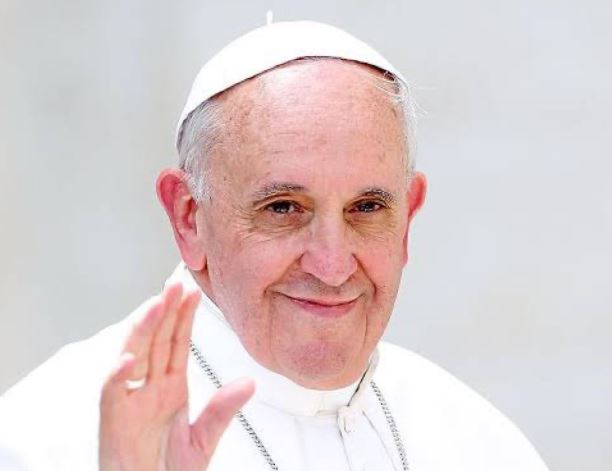
Born
Jorge Mario Bergoglio on December 17, 1936, in Buenos Aires, Argentina, Pope
Francis rose from modest beginnings to become the first Latin American and
first Jesuit pope in the history of the Roman Catholic Church.
The
son of Italian immigrants, Bergoglio’s early life was far from the grandeur of
the Vatican.
Before
entering the priesthood, he took on small jobs to support himself and his
family—working as a janitor in a hosiery factory where his father was employed
and even serving as a nightclub bouncer to manage unruly patrons.
During a 2013 church visit in Rome, he
recalled working in a chemical lab, reflecting on the humility and grit of his
formative years.
In
1958, drawn by a desire to serve the poor and advance education and missionary
work, he joined the Society of Jesus (Jesuits)—a decision that would shape his
spiritual path.
Despite facing a major health setback in his
twenties, when he underwent surgery to remove part of his lung due to a severe
infection, Bergoglio continued his seminary studies with unwavering
determination.
He
was ordained a priest in 1969, and his leadership within the Jesuit community
soon gained recognition.
In
1992, Pope John Paul II appointed him Auxiliary Bishop of Buenos Aires.
He was consecrated on June 27 of that year and
later named Coadjutor Archbishop in 1997, eventually succeeding Cardinal
Antonio Quarracino as Archbishop in 1998.
In
2013, following the resignation of Pope Benedict XVI, Bergoglio was elected the
266th pope on the fifth ballot by the College of Cardinals, at the age of 76.
He
chose the name Francis, in honor of St. Francis of Assisi, a clear signal of his
commitment to humility, peace, and the poor.
True
to his name, Pope Francis’s papacy was defined by simplicity and inclusion.
He
famously shunned extravagance, choosing modest living quarters in the Vatican's
Casa Santa Marta over the traditional papal apartment.
During
his 2015 visit to Kenya, he turned heads when he opted to travel in a simple
Honda rather than a luxury vehicle—an embodiment of his message.
Over
the years, Pope Francis emerged as a champion of social justice, environmental
responsibility, and interfaith dialogue.
His
deep empathy and moral clarity resonated with people across the globe,
transcending religious and cultural divides.
However,
his later years were marked by declining health.
In
February 2025, he was hospitalized after experiencing breathing difficulties
and was diagnosed with pneumonia in both lungs.
Despite
this, he remained active in his papal duties until the very end, including on
Easter Sunday when he came out to give blessings to congregants who had
gathered at Vatican's St Peter's Square.
On
April 21, 2025, the Vatican announced the death of Pope Francis at the age of
88. He passed away peacefully at his residence.
As
the world mourns, tributes continue to pour in from all corners.
One
thing is clear: Pope Francis leaves behind a legacy rooted in compassion,
courage, and unwavering faith—one that will echo far beyond his 12-year papacy.











